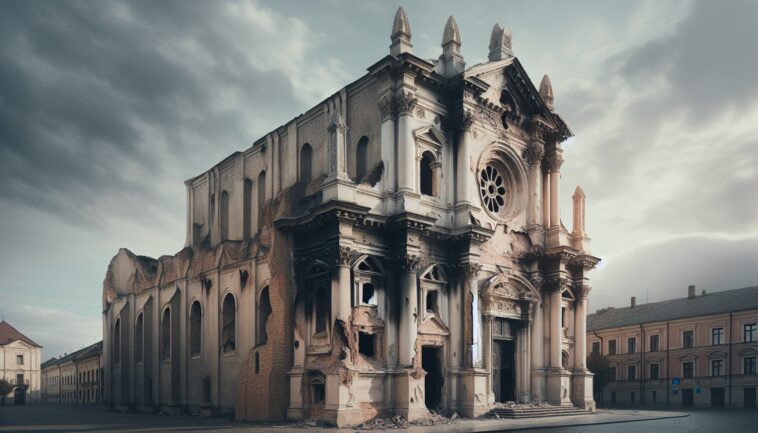Table of Contents
In the early hours of Monday morning, a fire broke out at the Clayborn Temple, a historic Black church in downtown Memphis that played a pivotal role in the civil rights movement. The temple, which was the organizing point for Martin Luther King Jr.’s final campaign in 1968, has suffered significant damage, leaving the community in shock.
The impact of the fire
Memphis Fire Chief Gina Sweat reported that the interior of the temple is a total loss, although there is hope that some of the facade may remain intact. The fire was first detected through a commercial alarm service, and local fire and police departments, along with the U.S.
Bureau of Alcohol, Tobacco, Firearms and Explosives, are investigating the cause. Sweat emphasized that it is “way too early” to determine the specifics surrounding the incident.
A symbol of struggle and hope
Clayborn Temple is not just a building; it is a symbol of struggle, hope, and triumph.
Originally built in 1892 as the Second Presbyterian Church, it was sold to an African Methodist Episcopal congregation in 1949 and renamed Clayborn Temple. This site became a crucial gathering point for Memphis sanitation workers who went on strike in 1968, demanding better pay and working conditions after the tragic deaths of two workers in a garbage compactor.
The temple hosted nightly meetings and was the birthplace of the iconic “I AM A MAN” posters. It served as a staging ground for marches, including a significant rally led by King that turned violent, highlighting the tensions of the era.
The church’s influence waned after King’s assassination, leading to years of neglect until restoration efforts began in 2017.
Restoration efforts and community response
Before the fire, Clayborn Temple was undergoing a $25 million restoration project aimed at preserving its architectural integrity and revitalizing the surrounding neighborhood.
The initiative included plans for a museum and cultural programming, which are now uncertain following the fire. Memphis Mayor Paul Young expressed his heartbreak over the incident, stating that Clayborn Temple is “sacred ground” and a treasure for the city and the world.
Anasa Troutman, the executive director of Historic Clayborn Temple, reassured supporters of their commitment to restoration, urging donations to aid the recovery process. Architect Jimmie Tucker, who has been involved in the restoration, emphasized the personal significance of the project and expressed hope for rebuilding efforts, drawing inspiration from past recovery after similar tragedies.
The community’s response has been one of resilience and determination. As investigations continue, the future of Clayborn Temple remains uncertain, but the spirit of those who fought for civil rights within its walls endures. The city of Memphis stands ready to support the restoration, ensuring that this historic site rises again, honoring its legacy for generations to come.



